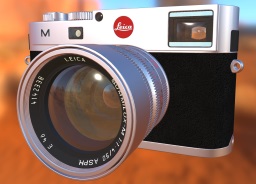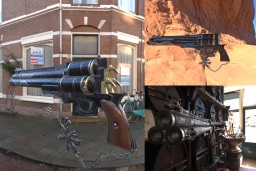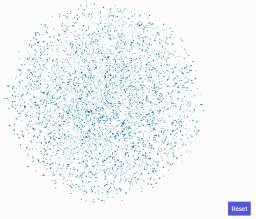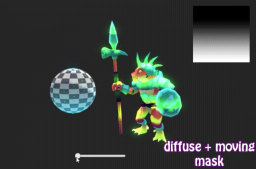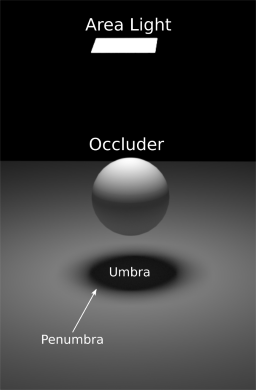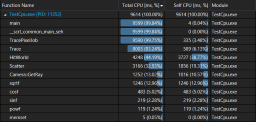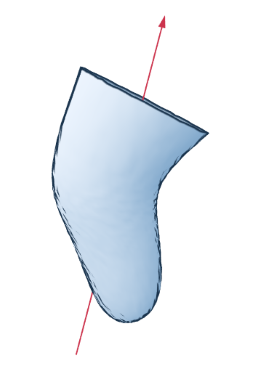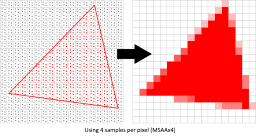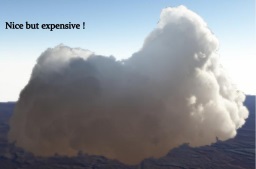Graphics Programming weekly - Issue 50 — August 5, 2018
- great in-depth discussion of the full PBR rendering pipeline, documentation for the Filament engine
- base BRDF model, extended with support for clear coat layer, anisotropic surfaces, and cloth
- explanation of lighting units and implementations for directional, point and spotlights
- providing GLSL code snippets
- a short overview of the clustered forward shading implementation
- information about how to validate a PBR implementation
- physically based shading model implemented using D3D11, D3D12, Vulkan and OpenGL 4.5
- each backend is implemented in a single .h and .cpp file
- shows algorithms for generating random points within a sphere
- contains interactive visualizations that make it easy to see the quality of the distribution
- breakdown of a burning shader implemented in Unreal Engine
- uses flow maps and world space positioned spheres to influence the fire
- part two of the series providing an introduction to vertex shaders
- shows how to add a custom vertex shader to a basic unity shader, sample textures, pass data from vertex to pixel shader and modify vertex positions
- summary of the paper: “View-warped Multi-view Soft Shadows for Local Area Lights ” discussed in last weeks issue
- a real-time technique for soft shadows
- shows how to measure Cuda copy performance using the tools contained in the SDK
- how to speed up the application with the collected performance information
- the article discusses how to calculate the central axis from a 3D mesh
- the axis is computed as maximal perpendicular to the area-weighted surface normal of the mesh
- explains how to use MSAA when using Vulkan
- how to detect the supported sample count, set up the render targets and make the necessary adjustments to the render passes
- shows how to enable sample shading to further improve quality on the inside of polygons
- twitter thread that provides a large number of links to information about volume rendering
- provides the Vulkan specification in a chunked version
- the original specification is one large HTML file that causes usability issues
- AMD provides a XML file that offers the possibility to map from external driver version to the contained Vulkan driver version
- Xenko, a C# based game engine has been released as open source with an MIT license
- collection of many 3D graphics research papers for a large number of different topics (sorted by topic)
- OpenGL ES implementation using Vulkan
- licensed as LGPL v3
